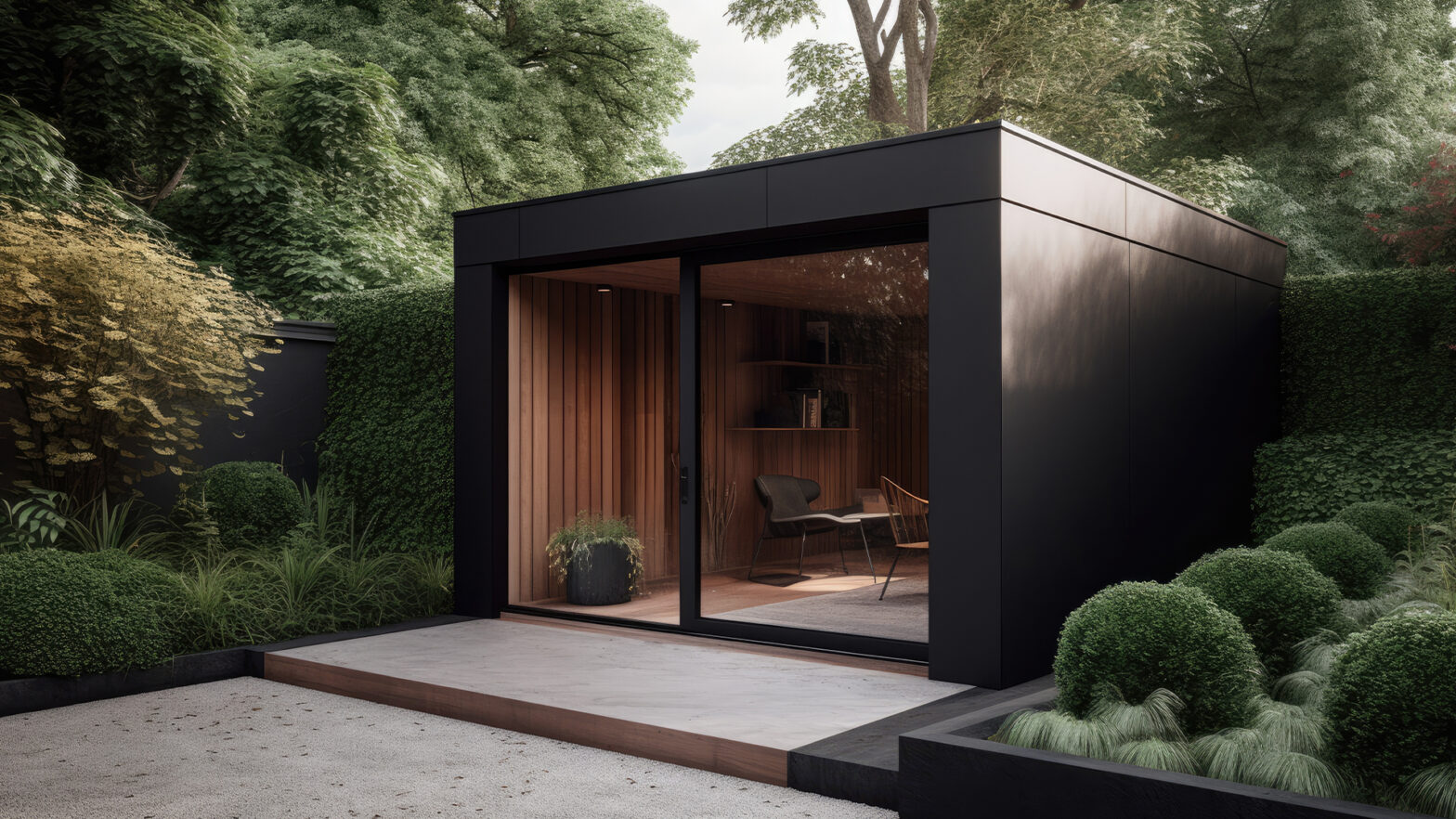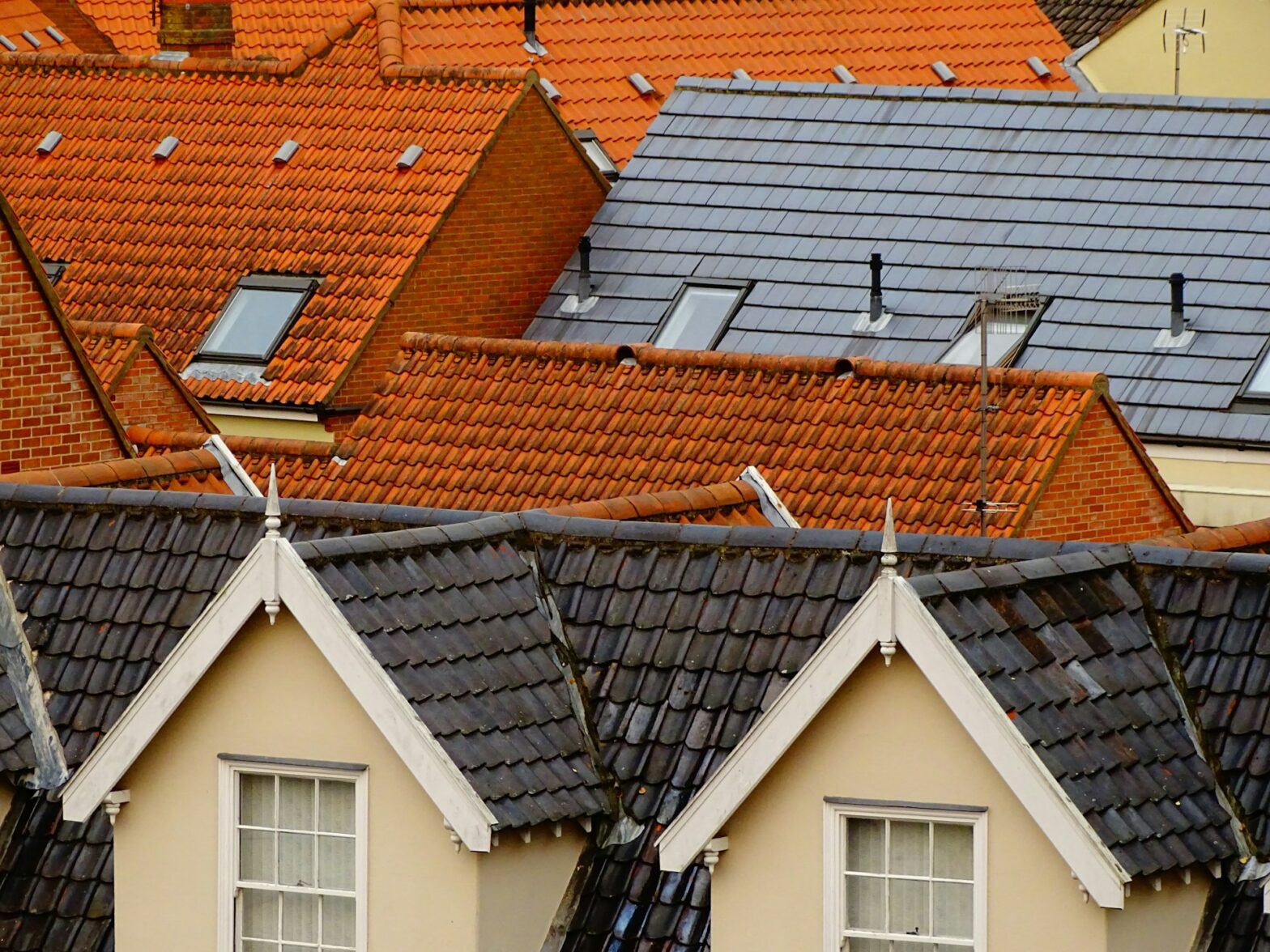
As we strive to reduce our carbon footprint and minimise our impact on the planet, the way we build our living spaces has seen a transformative shift. One space that has garnered similar attention is the garden room – a tranquil haven that blends indoor comfort with the beauty of nature.
Building an eco-friendly garden room is not only a responsible choice for homeowners but also a practical one. By opting for sustainable construction practices, it’s possible to create a garden sanctuary that’s luxurious and energy-efficient, as well as being a practical way to expand your square footage.
Planning and Design
When beginning the journey of constructing a garden room, thoughtful planning and design considerations are crucial. These early stages lay the foundation for a harmonious and sustainable structure that seamlessly blends with its environment.
Where you choose to build the room is the first step in optimising its eco-friendliness. Consider where the sun hits and the wind patterns where you live, so you can strategically position the room to harness natural light and ventilation. Similarly, you want to consider the weather where you are, so you can choose materials that are not only environmentally friendly but will last when exposed to endless rain or freezing temperatures.
Think about what you intend to use your garden room for too. The potential uses are extensive, whether you envision it as a serene yoga studio, a cosy reading nook, an interactive sports den, or a productive home office, the versatility of this space knows no bounds. Maybe you want a dedicated crafting space where you can let your imagination run wild or perhaps you want a cinema room that’s surrounded by the peace and quiet of your garden for a truly magical place for movie nights. Knowing why you’re building your garden room will help you make informed design decisions.
Materials and Techniques
For the structural elements, timber framing using sustainably sourced and certified woods is an excellent choice. Not only is wood a renewable resource, but it also boasts excellent insulative properties and a natural warmth that complements your garden room’s organic ambiance. Alternatively, insulated concrete forms (ICFs) offer superior insulation and durability, while recycled steel or bamboo provide a sturdy and eco-friendly alternative to traditional framing materials.
Roofing is another critical aspect that significantly impacts the energy efficiency and environmental footprint of your garden room. In the UK, where weather conditions vary widely throughout the year, selecting the appropriate roofing materials is crucial. To maximise efficiency and durability, choose materials that can withstand the frequent rain, wind and temperature fluctuations.
For a more traditional approach, recycled roofing materials can be installed. Throughout the construction process, prioritising locally sourced and recycled materials not only reduces the carbon footprint associated with transportation but also supports regional economies and promotes a circular approach to resources. If you want to skip the classic roofing materials, consider green roofs, adorned with lush vegetation, which not only add a visually appealing touch but also provide insulation, improve air quality and contribute to biodiversity.
Heating and Insulation
Energy-efficient insulation stands out as a vital component when creating an eco-friendly garden room. Effective insulation plays a pivotal role in sustaining a cosy ambient temperature within the space while reducing reliance on heating and cooling systems.
Consider embracing natural insulation materials like wool or cellulose, which boast a reduced environmental footprint compared to conventional choices like fibreglass. Not only are these natural options adept at reducing heat loss, but they also contribute to enhancing indoor air quality by regulating humidity levels and inhibiting mould growth.
Integrating solar panels or air source heat pumps into an outdoor garden room represents a significant stride towards enhancing sustainability. By harnessing renewable power like solar photovoltaic panels, the garden room can power its electrical needs, reducing reliance on conventional energy sources and cutting down on carbon emissions. These renewable energy solutions not only bolster the eco-consciousness of the garden room but also exemplify a commitment to a greener, more sustainable lifestyle.
Sustainable Furnishings and Decor
To fully embody the eco-friendly ethos, carefully curate sustainable furnishings and decor. Opt for furniture crafted from reclaimed or up cycled materials, breathing new life into existing resources and lessening the demand for fresh materials. Similarly, you should seek out products bearing environmental certifications, steering clear of harmful chemicals often present in paints, varnishes and adhesives by favouring low-VOC or natural alternatives.
One of the most sustainable practices is to simply buy fewer items that are built to last. Opt for high-quality, well-constructed furniture made from durable materials over cheaply made pieces that will quickly end up in a landfill. Likewise, it’s a good idea to shop for timeless designs that can adapt to changing trends, rather than following fast furniture fads.
Green Certifications
Consider obtaining certifications and ratings that validate your commitment to sustainability – these widely recognised standards not only attest to the environmental integrity of your project but also offer guidance and benchmarks to ensure your garden room meets the highest standards of green building practices.
One example is the BREEAM certification, which shows a commitment to sustainability. By implementing strategies like using locally manufactured materials or planning for water conservation, and consulting the BREEAM assessment process, you can create a beautiful garden room with a positive environmental impact. You may also want to explore local green building certifications and ratings specific to your region.
Craft Sustainable Value
The art of creating buildings that are both eco-friendly and resource-conscious entails employing various strategies, from utilising sustainable materials and integrating energy-saving elements to choosing lasting furniture and décor that’s built to last and will outlive fleeting trends.
Embracing sustainable principles is paramount due to the substantial contribution of buildings to global energy usage and greenhouse gas emissions. Crafting structures that prioritise energy efficiency and make use of renewable resources allows us to mitigate environmental harm while fostering environments that seamlessly blend with the natural world.




























